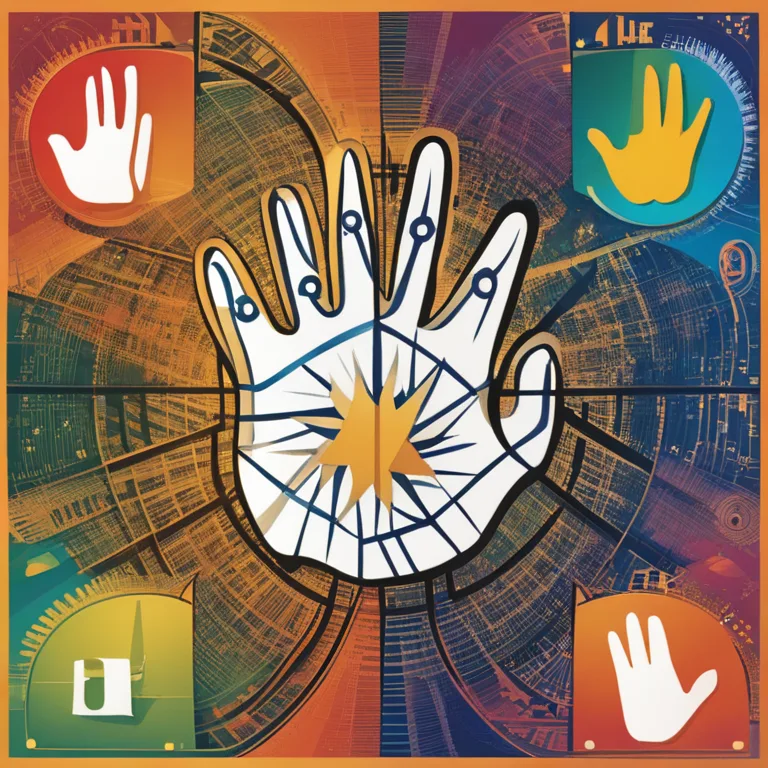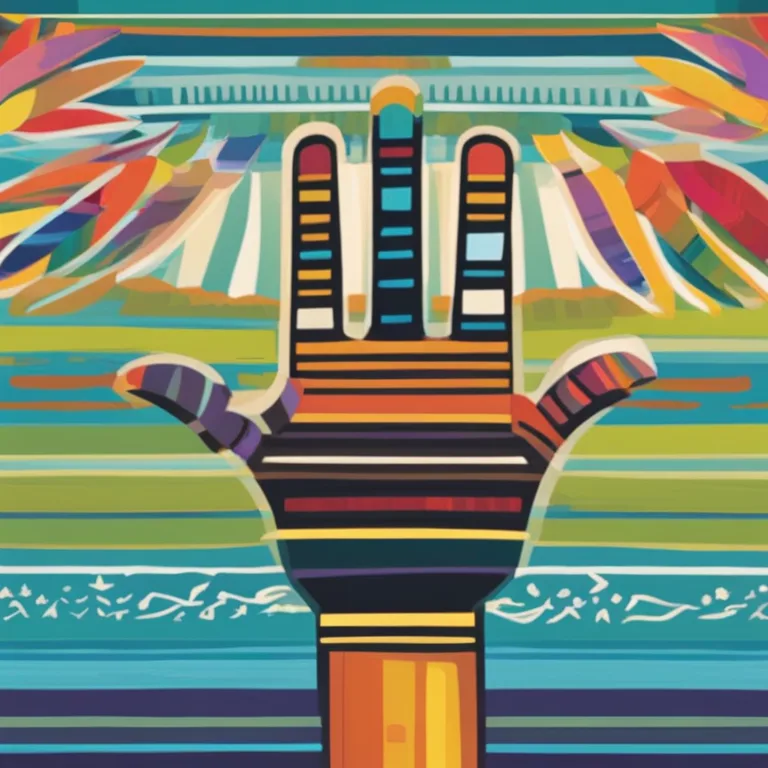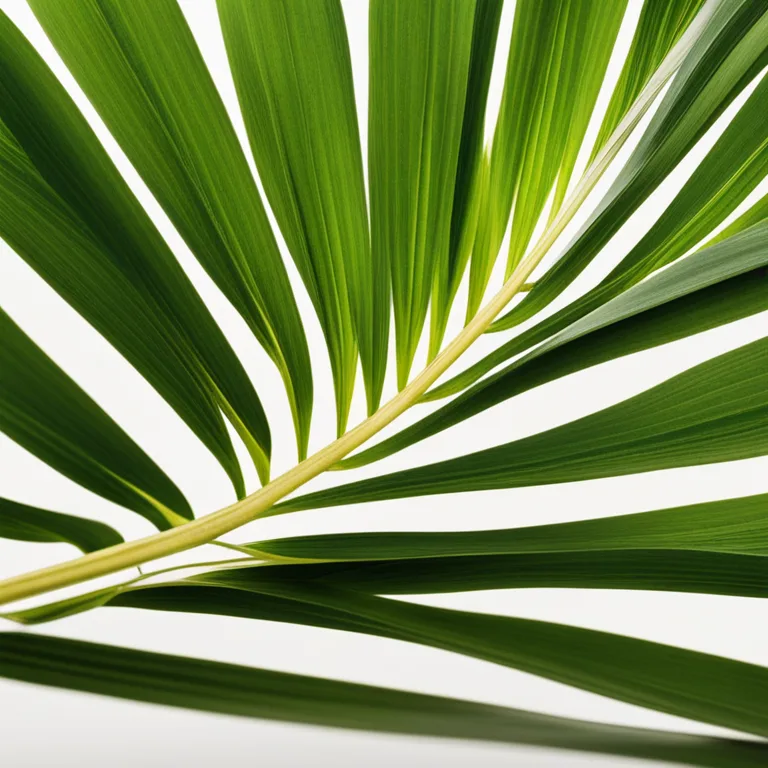
Do Both Hands Have Matching Palm Lines?
Discover how palm line symmetry between both hands reveals insights into personality and life paths in palmistry.
article by Nora Pennington
A Brief Introduction to Palmistry
Palmistry, also known as chiromancy, is an ancient practice where palm readers interpret various lines and features on the hands to glean insights into one's personality and future. The art has been refined over millennia, integrating both Eastern and Western traditions. Each hand is considered to reflect different aspects of a person's life, with the dominant hand often representing the present and the non-dominant hand indicating potential and innate traits. As we head into 2024, advances in the understanding of dermatoglyphics – the scientific study of fingerprints and skin patterns – continue to inform and inspire contemporary palmistry practices.

Are Palm Lines Mirrored?
The notion that both hands carry identical palm lines is a common misconception. The lines on our palms are unique and develop during fetal growth, influenced by genetic factors and environmental conditions in the womb. It is unusual for these lines to be mirrored exactly on both hands. Instead, they tend to exhibit variations that may be subtle or quite noticeable. These disparities are not just random; to a practiced palmist, they add depth to the narrative of an individual's life story, providing nuanced layers to their readings.

Interpreting Asymmetry in Palm Lines
Asymmetry in palm lines between the hands holds significant meaning in palmistry. For example, a prominent life line on one hand that is faint or broken on the other could indicate a transformation or significant life change. Modern palmistry, adjusting for recent findings in psychological and physiological research, suggests that such differences are emblematic of the dynamic nature of a person’s experiences and their adaptability to life’s challenges as they evolve over time.

The Role of the Dominant Hand
In palmistry, the dominant hand, typically the one used for writing, is believed to shed light on current life experiences, including career, health, and relationships. The lines here may change more frequently than those on the non-dominant hand, reflecting shifts in consciousness and lifestyle. This dynamism is an exciting aspect of palm reading in modern times, as it aligns with current understandings of neuroplasticity and the ongoing interplay between mind and body.
The Non-Dominant Hand's Narrative
Conversely, the non-dominant hand is often regarded as a window to a person's potential, karmic issues, and inherited traits. Lines on this hand might provide insight into an individual's emotional background and subconscious aspirations. Though less susceptible to change than those on the dominant hand, these lines are nonetheless influenced by life's deeper undercurrents. In the context of 2024 and beyond, such insights connect palmistry with emergent disciplines exploring the deeper aspects of the human psyche.
Future Trends in Palm Line Readings
As we move further into the 21st century, the interpretation of palm lines continues to evolve, incorporating technological advancements and interdisciplinary approaches. The future of palmistry may involve integrating imaging technologies to analyze line patterns with even greater precision. Likewise, as our understanding of the mind-body connection grows, we can expect palmistry to further align with psychological and holistic health paradigms, offering increasingly personalized and meaningful interpretive frameworks.
Published: 1/5/2024
Modified: 1/5/2024
More predictions
Come back here soon to learn more about yourself and your future


The Essence of Palmistry: A Guide to Hand Analysis
Delve into the world of palmistry, the ancient practice of interpreting palms to reveal personal insights and future paths.


The Changeable Nature of Palm Lines
Discover the factors influencing the ever-changing landscape of palm lines and what these modifications could signify in palmistry.


Hand Reading: The Essence of Palmistry
Delve into the basics of palmistry, the ancient art of hand reading, and learn how it aims to reveal personality traits and life paths.